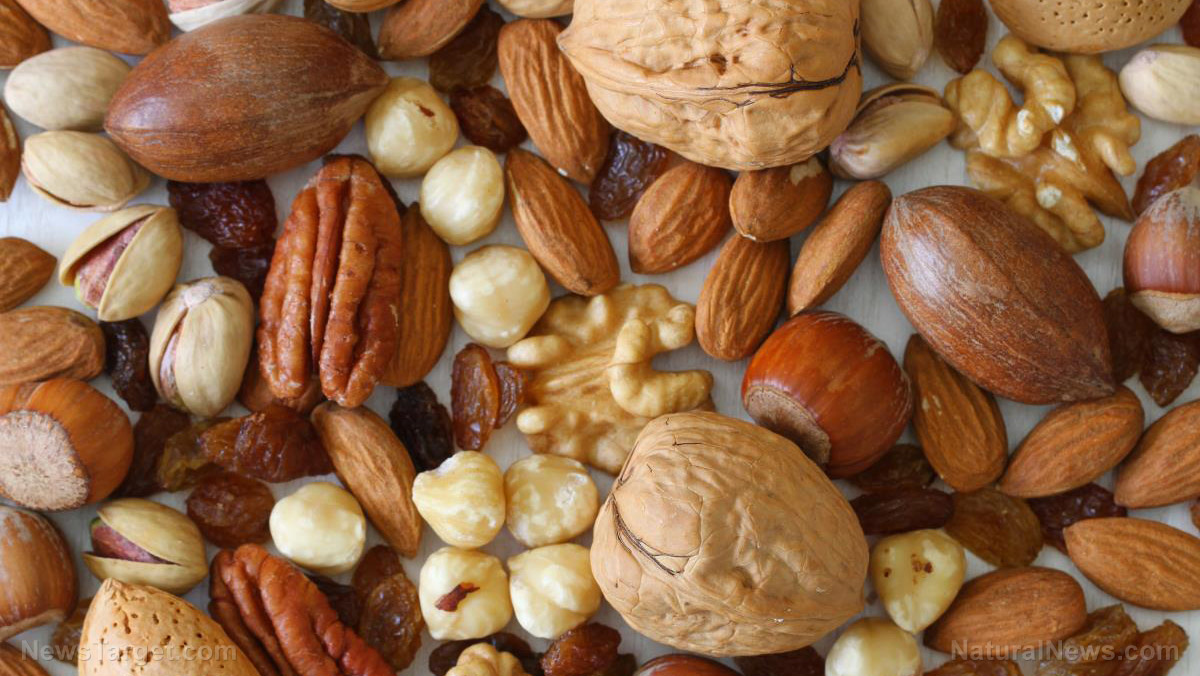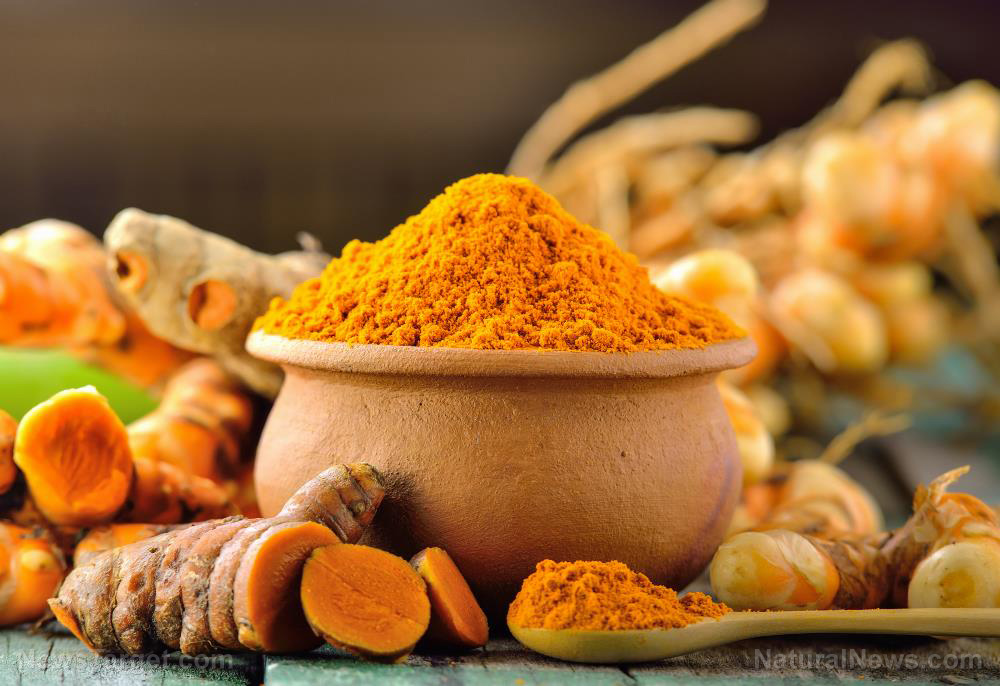Natural and alternative remedies found to improve asthma symptoms
05/11/2020 / By Divina Ramirez

Asthma is a chronic disease that causes inflammation in the lungs. As a result, the bronchial tubes that run throughout the lungs become constricted. The lung tissues also produce excess mucus in response to the inflammation. Together, inflamed tubes and too much mucus make it difficult for a person to breathe.
Other signs of asthma include chronic coughs, chest pain and frequent shortness of breath. These symptoms tend to come and go, often without warning. During a flare-up, a person might experience mild or severe symptoms. In some cases, asthma flare-ups can lead to hospitalization.
Asthma is considered a progressive disease, which means its symptoms get worse with age. Although experts are still unsure about the exact cause of asthma, most of the available literature on the subject speculate that the disease is linked to genetic and environmental factors.
Natural remedies for asthma
Currently, there is no accepted mainstream cure for asthma. That said, asthma is a highly treatable disease thanks to several home remedies and natural treatments. Here are seven alternative therapies that can help people with asthma manage their symptoms better:
Diet and nutrition
There is no specific diet recommended for people with asthma. But studies show that asthma is more prevalent in obese adults. To maintain a healthy weight, it is important to exercise often and to follow a balanced diet full of nutrient-rich foods. In fact, certain foods and nutrients can help reduce inflammation in the lungs and prevent asthma flare-ups such as:
- Garlic – Active compounds in garlic help ease inflammation in the lungs and eliminate excess mucus.
- Ginger – Ginger acts as a natural muscle relaxant to ease chest pain and dilate constricted bronchial tubes.
- Honey – Honey soothes the throat and eases chronic coughing.
- Omega-3 – Omega-3 fatty acids found in fish, nuts and seeds also help ease inflammation and improve lung functions in people with asthma.
- Coffee – The caffeine in coffee dilates bronchial tubes to improve breathing. It can also relieve chest pain and breathlessness.
- Avocado – Avocado has high levels of L-glutathione that combats inflammation.
- Kale – Kale contains more vitamin C than an entire orange. This essential micronutrient helps reduce muscle contraction in the chest.
- Spinach – Spinach is an excellent source of magnesium, an essential mineral that helps dilate the bronchial tubes, thus allowing more air to flow in and out of the lungs.
- Apple – Apples are known to minimize the occurrence of asthma flare-ups and enhance lung functions.
- Banana – Bananas are a rich source of potassium, an important mineral that helps reduce wheezing in children with asthma. Potassium also helps restore compromised lung functions.
Buteyko Breathing Technique
The Buteyko Breathing Technique (BBT) involves shallow breathing exercises designed to help people with asthma breathe easier. This technique is based on the premise that gentle, shallow breaths through the nose raise the level of carbon dioxide in the blood, which helps relax the bronchial tubes.
Papworth method
The Papworth method is a diaphragmatic breathing technique that helps people with asthma. This technique emphasizes nose breathing and developing a breathing pattern to suit various activities without triggering an asthma flare-up.
Hypnotherapy
This method of treatment uses hypnosis to facilitate muscle relaxation, which can relieve chest tightness in people with asthma. Hypnotherapists also help decrease fear and stress in people who feel anxious about their condition.
Mindfulness exercises
Mindfulness or meditation exercises help a person with asthma release stress and focus on the present moment. This is helpful for those who experience asthma flare-ups due to stress. (Related: Relieve anxiety and depression naturally with this mindfulness exercise.)
Acupuncture
Acupuncture is a popular form of Traditional Chinese Medicine. It involves inserting small needles into specific points throughout the body to stimulate its natural healing process. When used for asthma, this method of treatment can help improve airflow inside the lungs and ease chest pain.
Speleotherapy
This method of treatment involves spending time inside a room made to mimic conditions specific to caves and salt-mines. It is often used for people with other chronic lung conditions like bronchitis. According to natural therapists, the salt particles help thin the mucus inside the bronchial tubes and make it easier to expel. Salt is also believed to reduce inflammation and kill microbes in the lungs.
Though there is no conventional cure for asthma, there are several natural therapies that can help people with asthma manage flare-ups.
For more stories on healing foods and other alternative therapies for asthma, visit Remedies.news.
Sources include:
Tagged Under: alternative medicine, asthma management, asthma remedies, disease treatments, food cures, food is medicine, functional food, longevity, natural cures, natural medicine, pain relief, prevention, remedies, stress relief, TCM
RECENT NEWS & ARTICLES
Natural.News is a fact-based public education website published by Natural News Features, LLC.
All content copyright © 2018 by Natural News Features, LLC.
Contact Us with Tips or Corrections
All trademarks, registered trademarks and servicemarks mentioned on this site are the property of their respective owners.




















